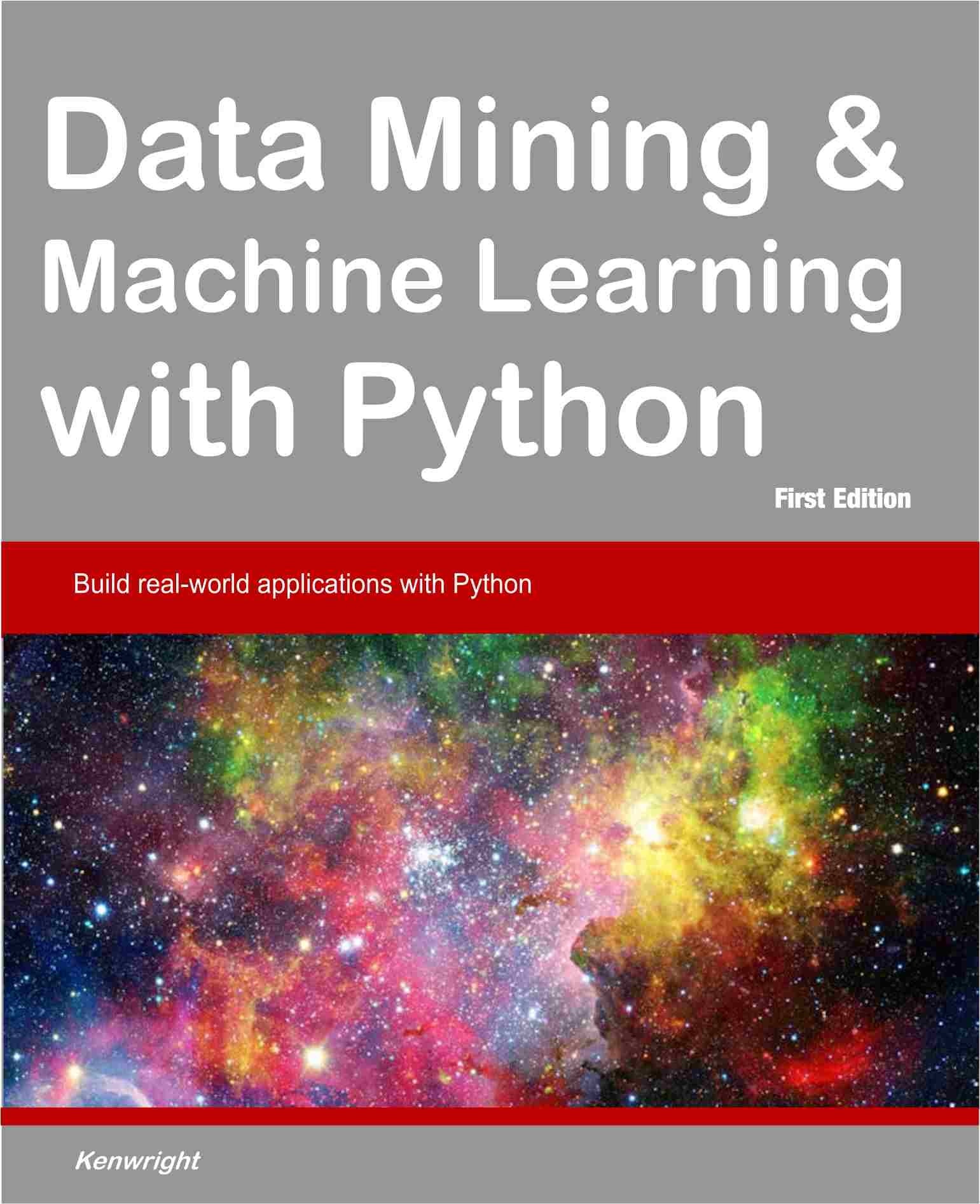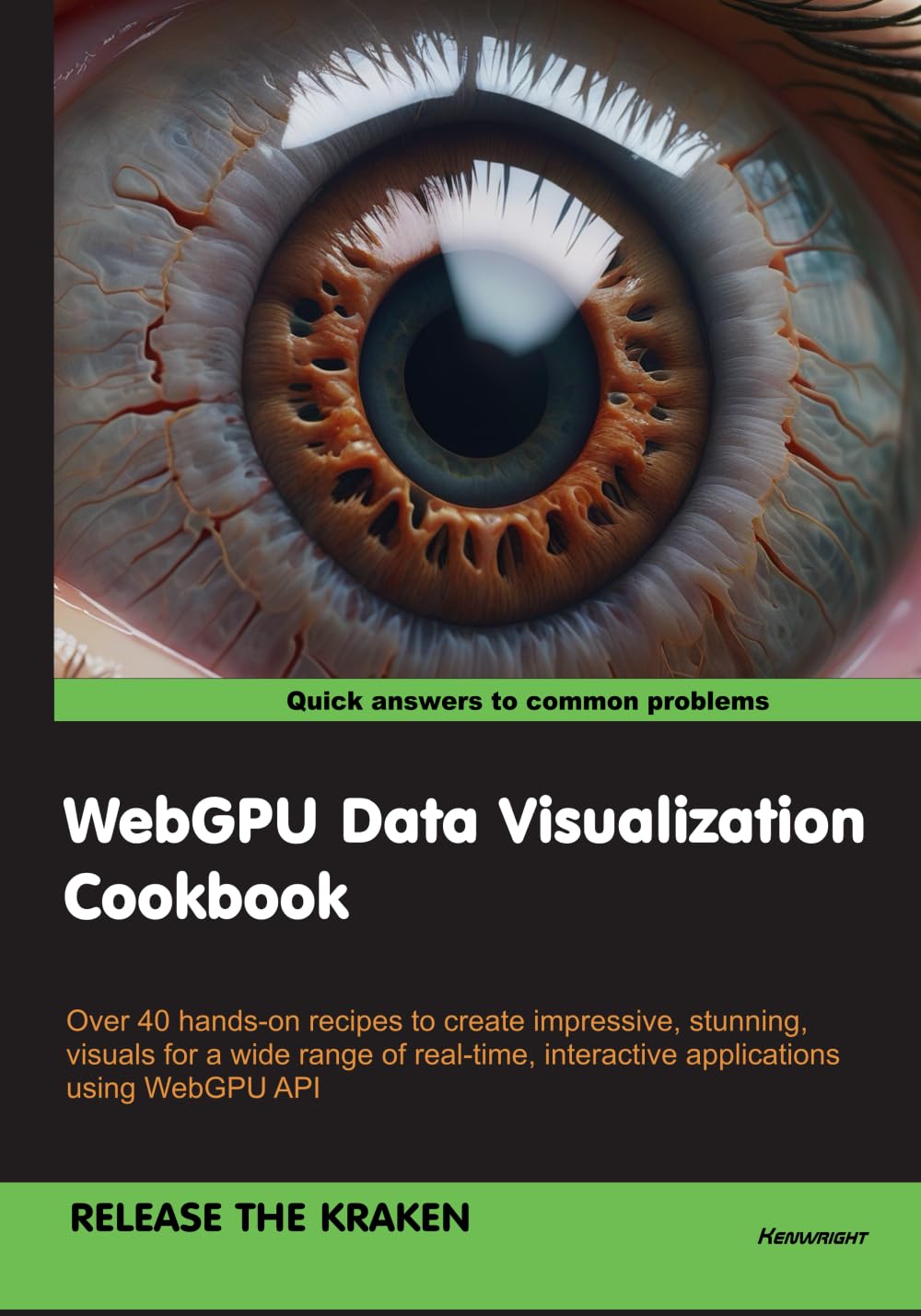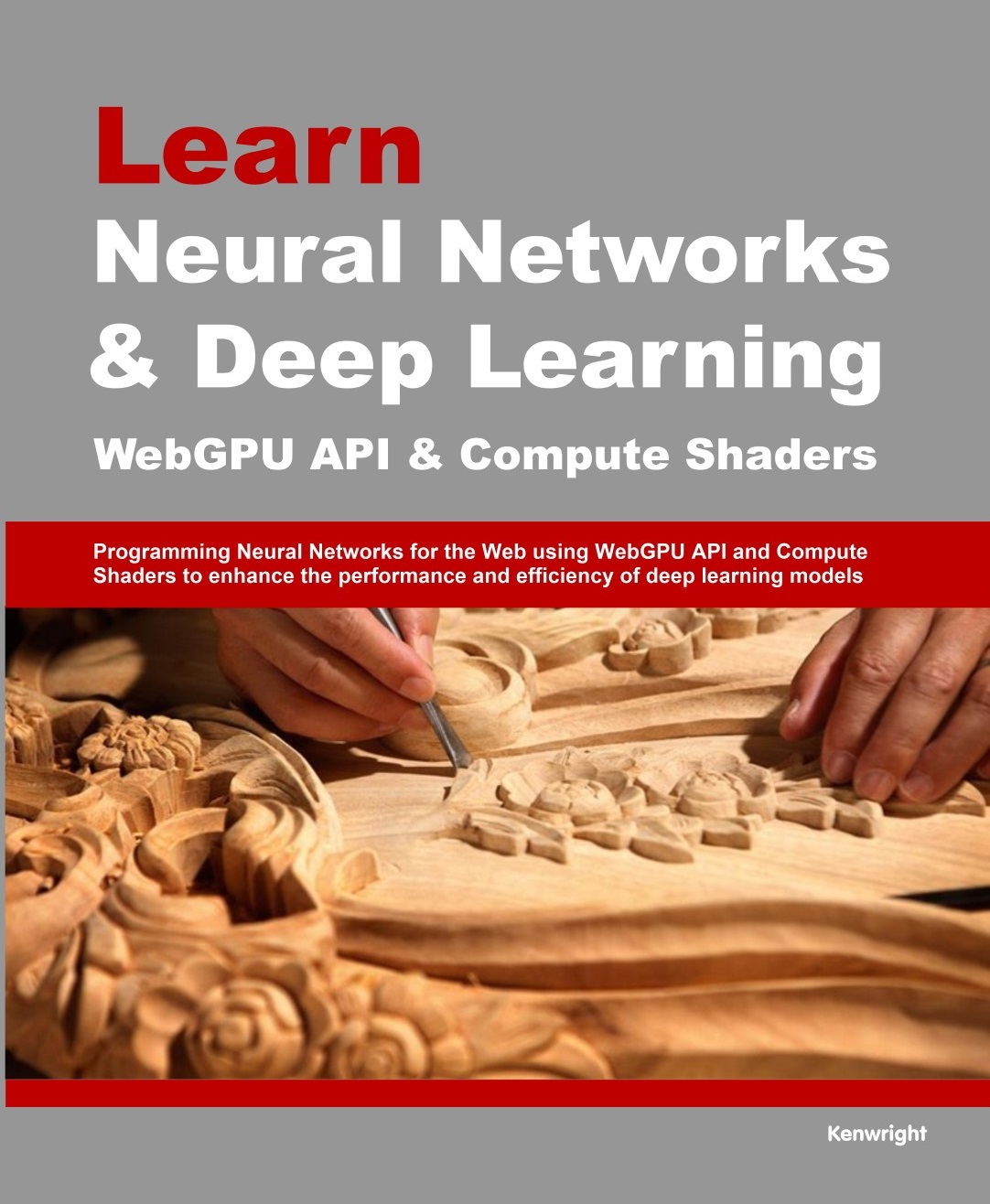Measure, test, fix, release ... Model Evaluation and Validation constitute crucial phases in the machine learning pipeline, involving rigorous testing, assessment, and refinement of models to ensure their robustness and generalization to unseen data. Beyond merely measuring performance metrics, such as accuracy or precision, effective evaluation requires a critical examination of model behavior across diverse datasets and scenarios to uncover potential weaknesses or biases. Additionally, validation procedures, such as cross-validation or holdout sets, aid in estimating the model's performance on unseen data, guarding against overfitting and ensuring its suitability for real-world deployment. However, the iterative nature of model evaluation underscores the importance of continuous monitoring and adaptation to evolving data distributions and problem dynamics, emphasizing the iterative nature of the process rather than a one-time fix-and-release approach.
 | What is model evaluation, and why is it important in machine learning? |  |
Model evaluation is the process of assessing the performance and effectiveness of a machine learning model on unseen data. It is crucial in machine learning because:
- Assessment of performance: It provides insights into how well the model generalizes to new, unseen data.
- Comparison of models: It allows comparison between different models or configurations to choose the best-performing one.
- Validation of assumptions: It helps validate assumptions made during model development.
- Decision-making: It informs decision-making processes regarding model deployment and potential improvements.
Example: In spam email detection, model evaluation helps determine the accuracy of the model in identifying spam emails correctly. This ensures that users receive accurate spam filtering, improving their email experience.
 | Can you explain the difference between model validation and model testing? |  |
- Model validation: Model validation is the process of assessing the performance of a machine learning model on a validation dataset. It involves tuning hyperparameters and assessing model performance iteratively to avoid overfitting.
- Model testing: Model testing is the final evaluation of the model's performance on a test dataset that has not been seen during training or validation. It provides an unbiased estimate of the model's generalization performance.
Example: Suppose you're building a sentiment analysis model for movie reviews. During model validation, you split your data into training and validation sets, tune hyperparameters using the validation set, and assess performance. In model testing, you evaluate the final model on a separate test set to get an unbiased estimate of its performance before deployment.
 | What are some common evaluation metrics used for classification tasks? |  |
Common evaluation metrics for classification tasks include:
- Accuracy
- Precision
- Recall
- F1-score
- ROC-AUC (Receiver Operating Characteristic - Area Under the Curve)
- Confusion matrix
 | How do you interpret metrics like accuracy, precision, recall, and F1-score in classification? |  |
- Accuracy: Measures the proportion of correctly classified instances out of the total instances. However, it may not be suitable for imbalanced datasets.
- Precision: Measures the proportion of true positive predictions out of all positive predictions. It indicates the accuracy of positive predictions.
- Recall: Measures the proportion of true positive predictions out of all actual positive instances. It indicates the completeness of positive predictions.
- F1-score: Harmonic mean of precision and recall. It provides a balanced measure that considers both false positives and false negatives.
Example: In a medical diagnosis system, precision represents the proportion of patients correctly diagnosed with a disease out of all patients diagnosed with the disease. Recall represents the proportion of patients correctly diagnosed with a disease out of all patients who actually have the disease.
 | Can you discuss the concept of confusion matrices and their role in model evaluation? |  |
- Confusion matrix: A confusion matrix is a table that summarizes the performance of a classification model. It presents the counts of true positives, true negatives, false positives, and false negatives.
- Role in model evaluation: Confusion matrices provide a comprehensive view of the model's performance, allowing for the calculation of various evaluation metrics such as accuracy, precision, recall, and F1-score. They help identify common errors made by the model, such as misclassifications of certain classes.
Example: In a fraud detection system, a confusion matrix would show how many fraudulent transactions were correctly identified (true positives) and how many legitimate transactions were incorrectly flagged as fraudulent (false positives), among other metrics. This helps assess the overall performance and effectiveness of the fraud detection model.
 | What is ROC curve analysis, and how is it used to evaluate classification models? |  |
ROC curve analysis is a technique used to evaluate the performance of classification models by plotting the true positive rate (TPR) against the false positive rate (FPR) at various classification thresholds. It helps visualize the trade-off between sensitivity and specificity.
- True positive rate (TPR): Also known as recall or sensitivity, it measures the proportion of actual positive instances that are correctly classified as positive.
- False positive rate (FPR): It measures the proportion of actual negative instances that are incorrectly classified as positive.
Example: In a medical diagnosis system, an ROC curve can show the trade-off between correctly identifying patients with a disease (sensitivity) and incorrectly classifying healthy patients as having the disease (1 - specificity).
 | Can you explain the area under the ROC curve (AUC-ROC) and its significance? |  |
The area under the ROC curve (AUC-ROC) represents the area under the ROC curve, ranging from 0 to 1. It quantifies the performance of a classification model across all classification thresholds.
- AUC-ROC significance: A higher AUC-ROC value indicates better model performance. An AUC-ROC of 0.5 represents a random classifier, while an AUC-ROC of 1 indicates a perfect classifier.
Example: An AUC-ROC of 0.85 for a credit scoring model indicates that the model has an 85% chance of ranking a randomly chosen positive instance higher than a randomly chosen negative instance.
The performance of regression models is evaluated using various evaluation metrics that quantify the difference between the predicted and actual values.
 | What are some common evaluation metrics used for regression tasks? |  |
Common evaluation metrics for regression tasks include:
- Mean Absolute Error (MAE)
- Mean Squared Error (MSE)
- Root Mean Squared Error (RMSE)
- R-squared (R2)
 | Can you discuss the concept of mean squared error (MSE) and its interpretation in regression? |  |
Mean Squared Error (MSE) measures the average squared difference between the predicted and actual values in a regression task. It penalizes larger errors more than smaller ones.
- Interpretation: A lower MSE indicates better model performance, as it signifies that the model's predictions are closer to the actual values on average.
Example: In a housing price prediction model, an MSE of 1000 means that, on average, the model's predictions are off by $1000 from the actual prices. Lower MSE values indicate more accurate predictions.
 | What is cross-validation, and how does it help in model evaluation? |  |
Cross-validation is a resampling technique used to assess the performance of a machine learning model by splitting the data into training and validation sets multiple times. It helps in model evaluation by providing a more robust estimate of the model's performance on unseen data compared to a single train-test split.
Example: In k-fold cross-validation, the data is divided into k subsets, and the model is trained and evaluated k times, with each subset used as the validation set once.
 | Can you explain the difference between k-fold cross-validation and leave-one-out cross-validation? |  |
- K-fold cross-validation: In k-fold cross-validation, the data is divided into k subsets (folds), and the model is trained k times, each time using a different fold as the validation set and the remaining folds as the training set.
- Leave-one-out cross-validation (LOOCV): In leave-one-out cross-validation, a single data point is held out as the validation set, and the model is trained on the remaining n-1 data points. This process is repeated n times, with each data point used once as the validation set.
 | How do you interpret learning curves during cross-validation? |  |
Learning curves show the performance of a model on the training and validation sets as a function of training set size or iteration. They help diagnose issues like overfitting or underfitting:
- Overfitting: Large gap between training and validation curves, indicating that the model performs well on the training data but poorly on unseen data.
- Underfitting: Poor performance on both training and validation sets, indicating that the model is too simple to capture the underlying patterns in the data.
 | What is overfitting, and how can you detect it during model evaluation? |  |
Overfitting occurs when a model learns the training data too well, capturing noise and irrelevant patterns that don't generalize to unseen data. It can be detected during model evaluation by:
- Large performance gap between training and validation/test sets.
- High variance in performance metrics across different validation/test sets.
- Complexity of the model relative to the size and complexity of the data.
 | Can you discuss the concept of bias-variance tradeoff in model evaluation? |  |
The bias-variance tradeoff refers to the balance between bias and variance in model performance:
- Bias: Error due to incorrect assumptions in the learning algorithm, leading to underfitting.
- Variance: Error due to model sensitivity to small fluctuations in the training set, leading to overfitting.
Example: A high-bias model (e.g., linear regression) may underfit the data, while a high-variance model (e.g., deep neural network) may overfit. The goal is to find a middle ground where both bias and variance are minimized, leading to optimal model performance.
 | What are some techniques for addressing overfitting during model evaluation? |  |
Overfitting occurs when a model captures noise and patterns specific to the training data, leading to poor performance on unseen data. Techniques to address overfitting during model evaluation include:
- Cross-validation: Assess model performance on multiple train-test splits to ensure generalization.
- Regularization: Penalize complex models to prevent overfitting, e.g., L1/L2 regularization in linear models.
- Feature selection: Select only the most informative features to reduce model complexity.
- Early stopping: Stop training when performance on a validation set starts to degrade.
Example: In a deep learning project for image classification, if the model consistently performs well on the training set but poorly on the validation set, regularization techniques like dropout or weight decay can be applied during model evaluation to mitigate overfitting.
 | How do you handle imbalanced datasets during model evaluation? |  |
Imbalanced datasets, where one class is significantly more prevalent than others, can lead to biased models. Techniques to handle imbalanced datasets during model evaluation include:
- Stratified sampling: Preserve the class distribution in train-test splits.
- Resampling methods: Over-sample minority classes or under-sample majority classes to balance the dataset.
- Class weights: Assign higher weights to minority classes during training to penalize misclassifications.
Example: In fraud detection, where fraudulent transactions are rare, using stratified sampling ensures that both fraud and non-fraud cases are represented proportionally in the training and validation sets.
 | Can you explain the concept of stratified sampling and its role in model evaluation? |  |
Stratified sampling involves dividing the dataset into homogeneous subgroups (strata) based on a certain characteristic (e.g., class labels) and then randomly sampling from each stratum. Its role in model evaluation is to ensure that the class distribution is preserved in train-test splits, especially for imbalanced datasets.
Example: In a binary classification problem where the positive class represents only 10% of the data, using stratified sampling ensures that both classes are represented proportionally in the training and validation sets, preventing bias in model evaluation.
 | What are some strategies for handling missing or incomplete data during model evaluation? |  |
Handling missing or incomplete data is crucial for robust model evaluation. Strategies include:
- Imputation: Fill missing values using statistical measures like mean, median, or mode.
- Deletion: Remove rows or columns with missing values, especially if they constitute a small portion of the dataset.
- Advanced techniques: Use algorithms that can handle missing data internally, such as tree-based methods.
Example: In a housing price prediction model, if some houses have missing values for certain features like bathroom count, imputing the missing values with the median bathroom count of the dataset can be an effective strategy during model evaluation.
 | Can you discuss the importance of interpreting evaluation results in the context of the specific problem domain? |  |
Interpreting evaluation results in the context of the specific problem domain is crucial for understanding the real-world implications of the model's performance. It helps determine whether the model's predictions are useful and actionable in practical scenarios, considering factors such as costs, risks, and ethical implications.
Example: In a healthcare setting, a diagnostic model may have high sensitivity (ability to correctly identify positive cases), but if it has low specificity (ability to correctly identify negative cases), it could lead to unnecessary medical procedures. Interpreting the evaluation results in this context helps assess the model's clinical utility and impact on patient outcomes.
 |
Other Data Mining and Machine Learning Texts |
 |















|